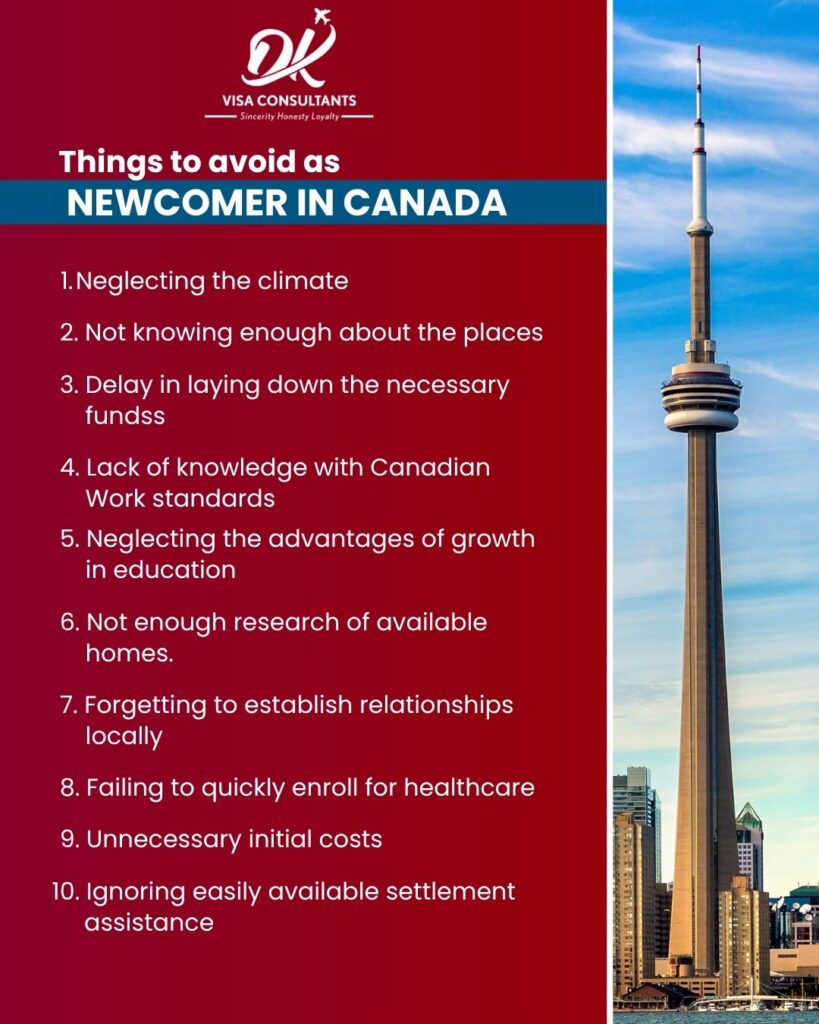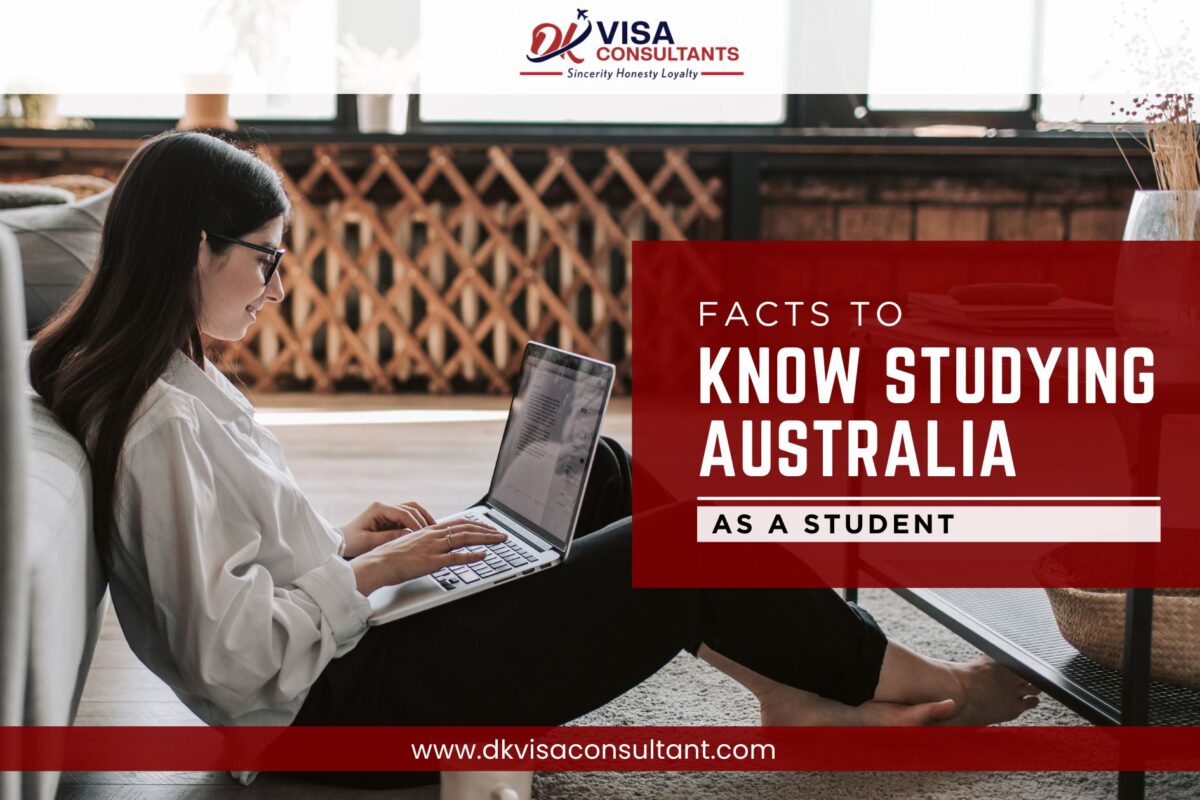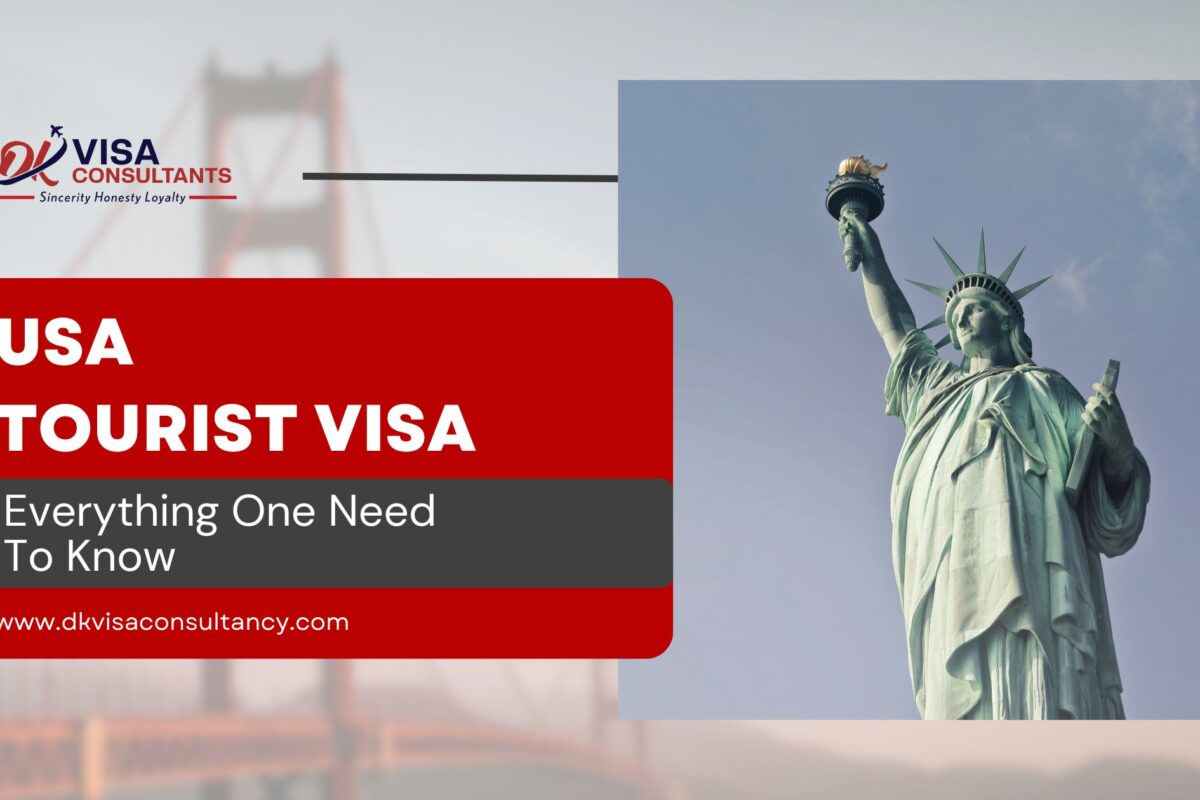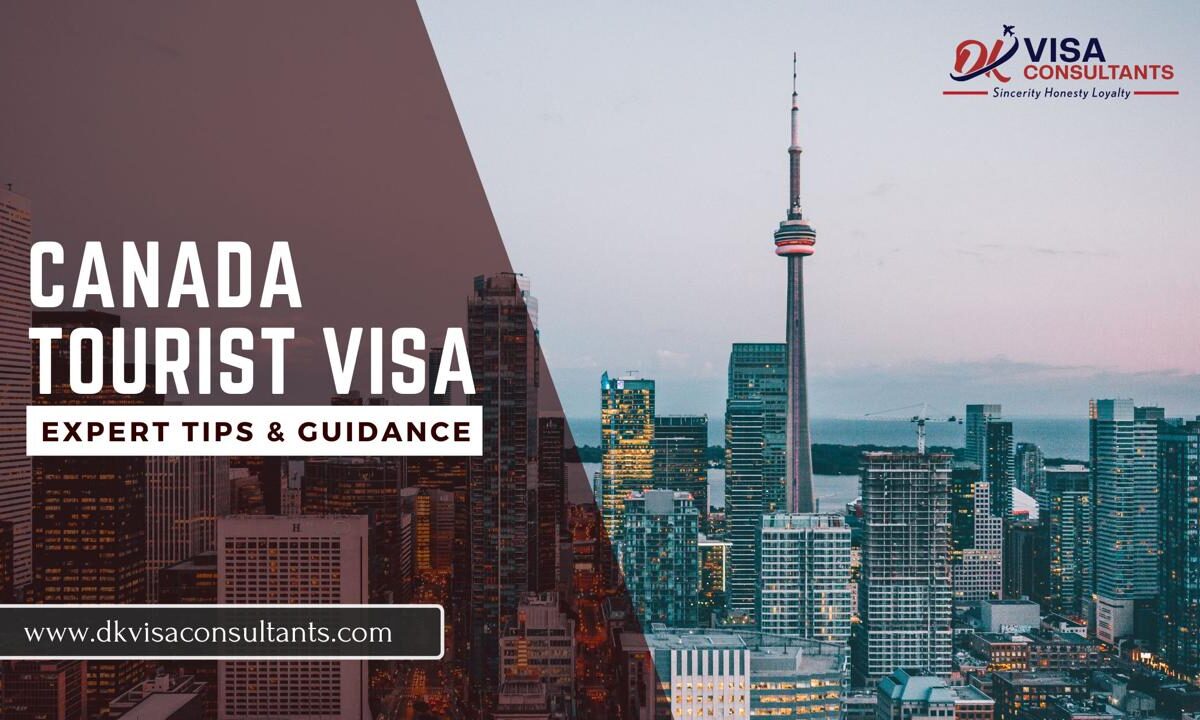It can be thrilling and intimidating to begin a new life in Canada.
On the one hand, immigrants are coming to Canada in search of a fresh start after leaving their native country. This is an opportunity for them to establish a prosperous life for themselves and their families in a nation. That has been in the top three of U.S. News’ ranking of best countries for three years running.
However, immigrants could find it disconcerting to move because they are moving to a foreign nation. As a result, new immigrants to Canada might be more prone to make mistakes at first.
From financial blunders to cultural misunderstandings. The following will offer crucial advice that should put individuals on the right track to success in the new community. Read this blog to know about the 10 usual mistakes made by newcomers to Canada.
Things to Avoid by Newcomer to Canada:
Let’s explore the mistakes made by the newcomers:

- Neglecting the climate in Canada:
In contrast to several nations that are major sources of immigration to Canada, such India, where weather patterns are typically less variable. Weather in Canada is typically rather intense throughout various seasons and regions.
As a result, immigrants must make sure they are suitably equipped to withstand the weather in the province where they plan to settle.
- Not knowing enough about the new place:
One major mistake made by a lot of immigrants that might have an impact on their way of life and employment. Opportunities in Canada is not doing enough research on the province or city in which they will be settling.
While there are generalizations about living that many newcomers may be able to grasp. It’s crucial to remember that every province and territory in the country is different. Arriving immigrants should take the time to perform. Targeted inquiry into what life is like in their destination province or territory. This will help them learn about anything from distinctive healthcare and education programs to distinct work options.
- Delay in laying down the necessary funds:
The secret is to start this process early and make sure you set the proper financial foundation blocks for everyone. Stated differently, it might be harmful to delay opening a Canadian bank account. Not fully comprehend credit systems at an early age because the Canadian banking system may differ from individual native country.
- Lack of knowledge with Canadian work standards:
The working culture of many newcomer source nationsespecially those outside of North America, is substantially different from that of Canada. For instance, while applying for jobs, immigrants are recommended to use a particular résumé formatted in the Canadian way.
In Canada, networking is a crucial component of the job search process. Consequently, misjudging the subtleties of professional business etiquette and communication in Canada is one area where many immigrants to the country make mistakes.
- Neglecting the advantages of growth in education:
Professional development is crucial to leading a pleasant life, particularly when relocating abroad. Therefore, it is a mistake that all newcomers to Canada should try to avoid—missing out on opportunities to upgrade skills or obtain certificates that might improve their employability.
There are numerous methods for immigrants to improve their employability and advance in their quest for a better life in Canada, whether that means attending school, pursuing a new career, or signing up for a bridging program.
- Insufficient research of available homes:
Each Canadian province and territory has its own housing market. Entering into long-term rental or purchase agreements too quickly without taking the time to learn about the various neighborhoods in your destination and the local real estate markets may have unfavorable long-term effects.
- Forgetting to establish relationships locally:
Creating a network of Canadians in your town who can assist you is beneficial for both professional and personal growth, much like networking is essential for a newcomer’s career.
If, as a new immigrant to Canada, neglected this work, it will be much more difficult to adjust to new environment and create a pleasant living in new residence.
- Failing to quickly enroll for healthcare:
While some local governments in Canada demand a waiting period before allowing newcomers to use public healthcare, all Canadian governments advise obtaining private health coverage as soon as possible after arriving in the country. Each province and territory have its own healthcare system.
If this isn’t done, immigrants may have to pay a large portion of their medical bills out of pocket, which many individuals find difficult to pay when they first get to a new nation.
- Unnecessary initial costs:
As a newbie , the best chance of creating a comfortable existence is to budget sensibly and avoid making rash financial decisions by learning about the cost of living. To do this, learning about investing and saving can be essential.
- Ignoring easily available settlement assistance:
Frequently preoccupied with building a solid foundation for themselves and their family, a lot of immigrants overlook important, frequently free tools created especially to help immigrants settle into their new life.
Many free settlement programs are provided around the nation, but eligible newcomers from Canada frequently take use of them.
Eligibility requirements for settlement services are frequently different. This is so because the source of funding for the services often determines eligibility. For instance, the federal government of Canada’s Immigration, Refugees and Citizenship Canada (IRCC) only funds settlement assistance for refugees, protected individuals, and certain temporary residents.
To know more information about study in Canada, Visit DK Visa Consultant and meet our expert counsellors.





